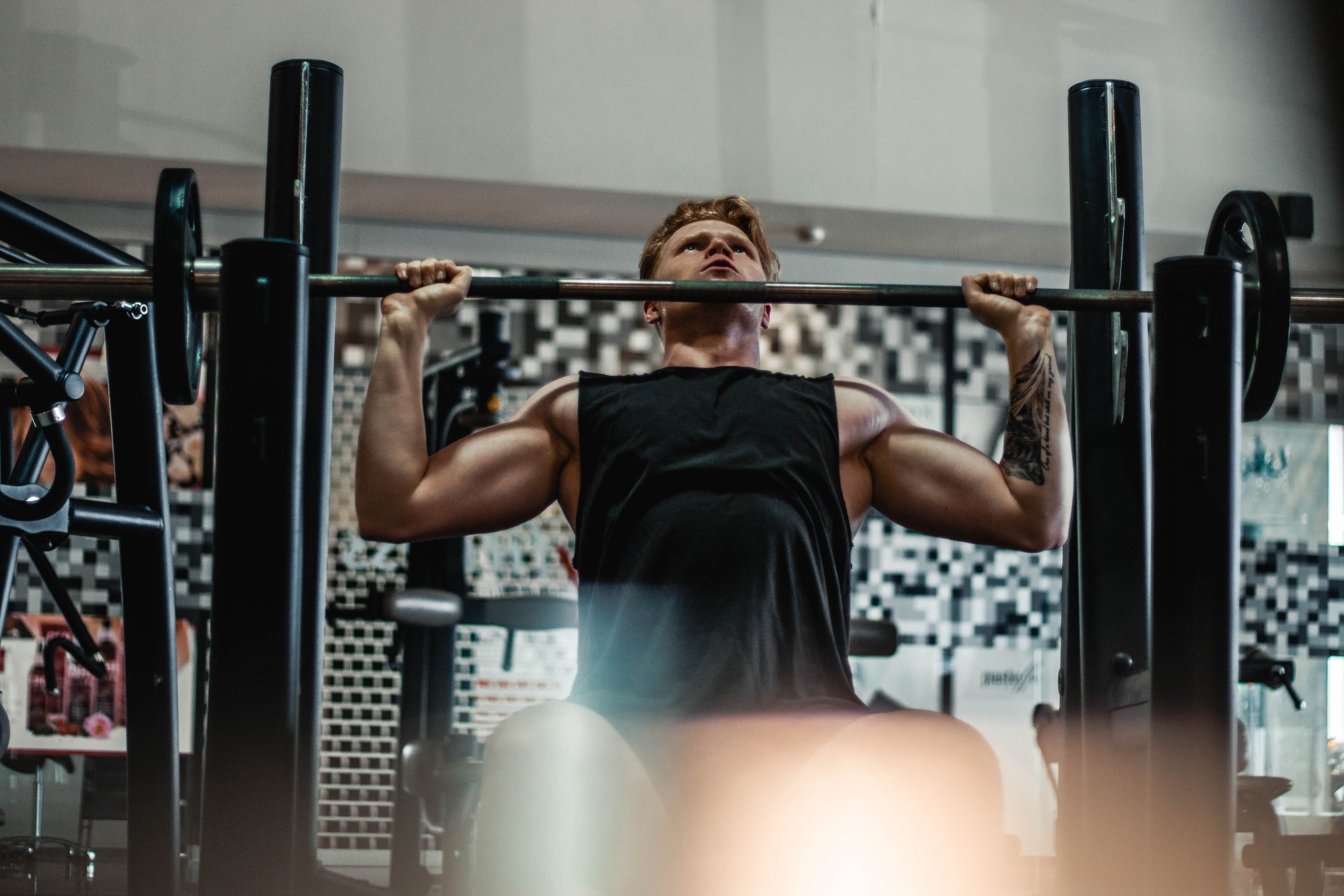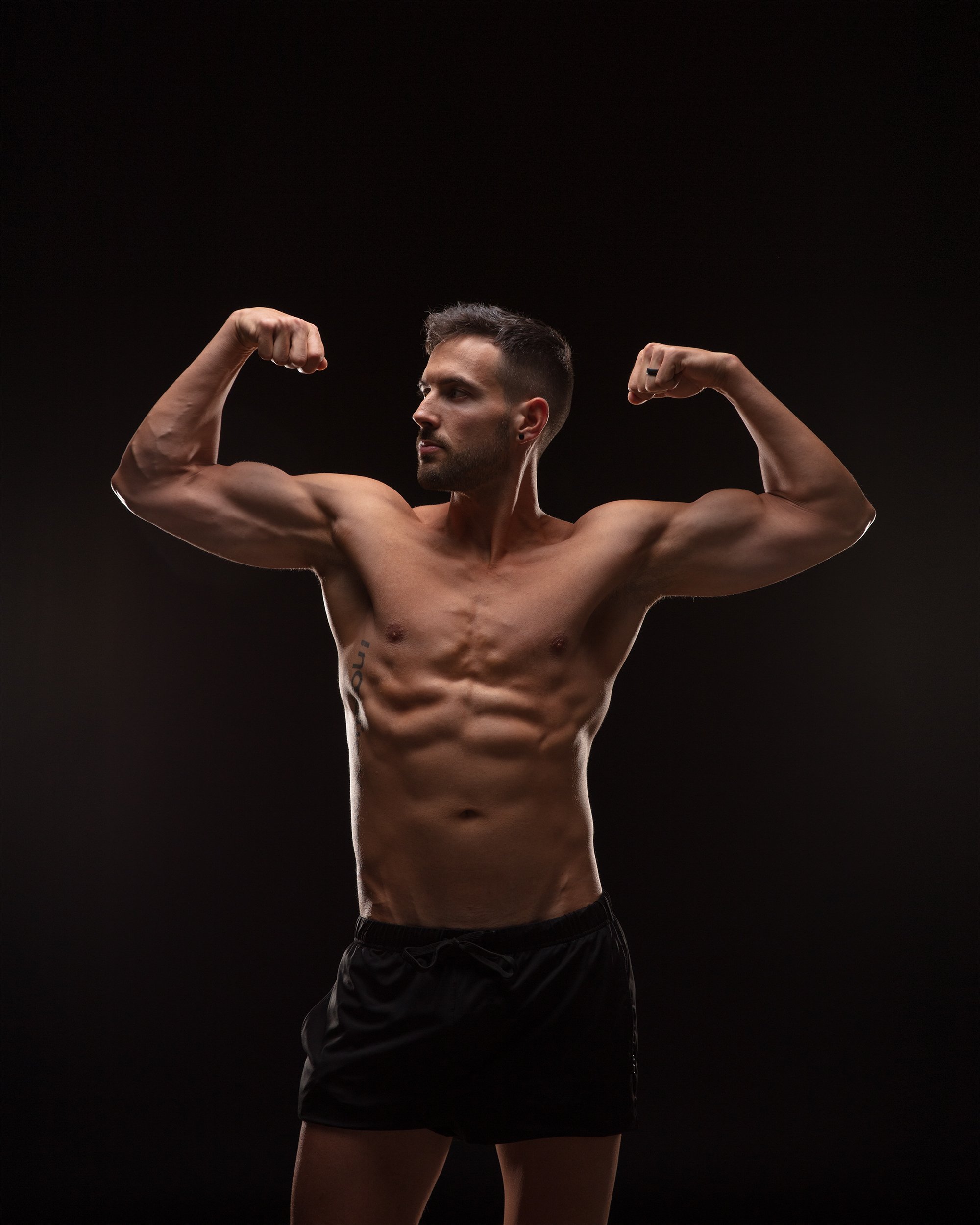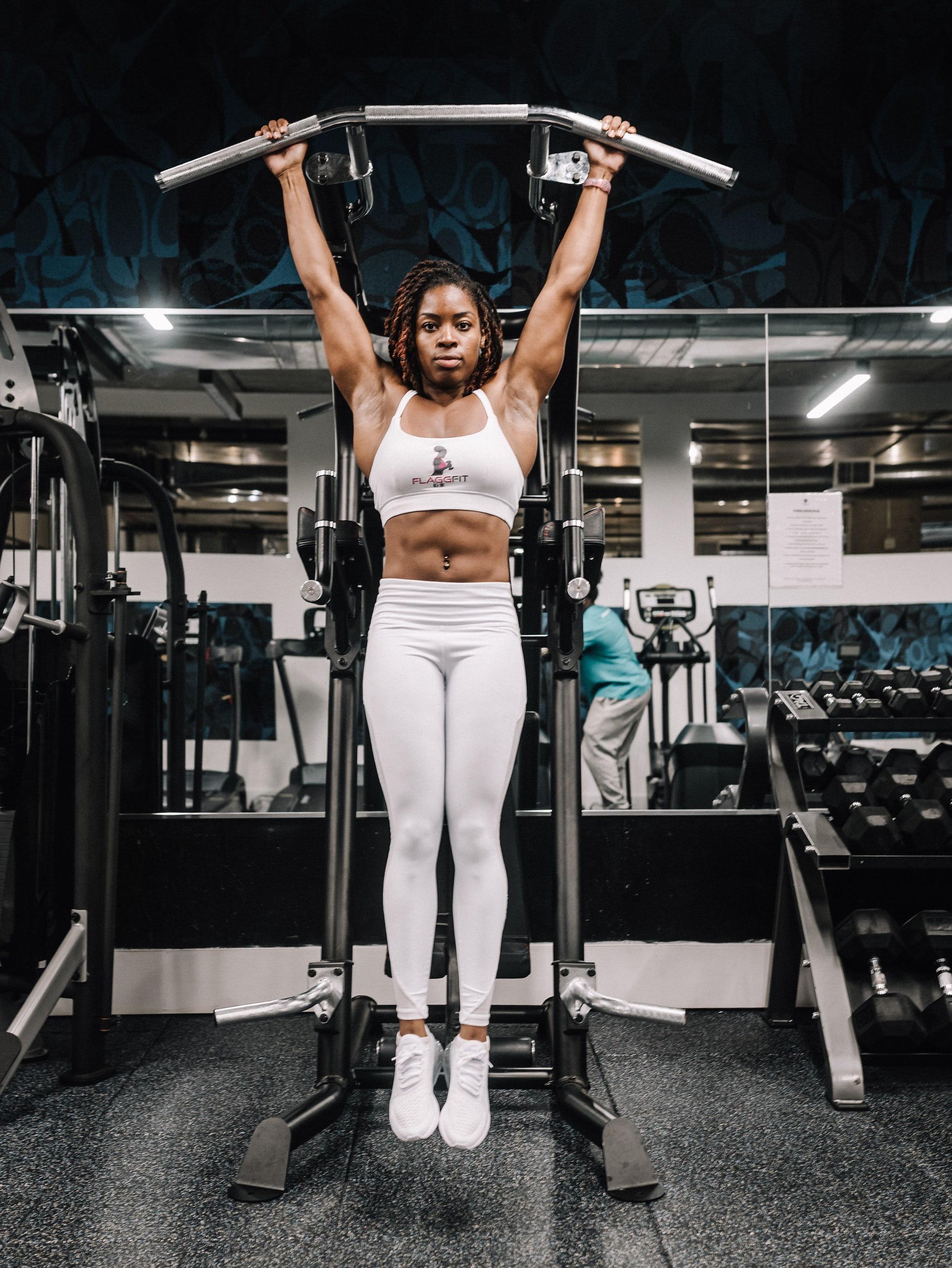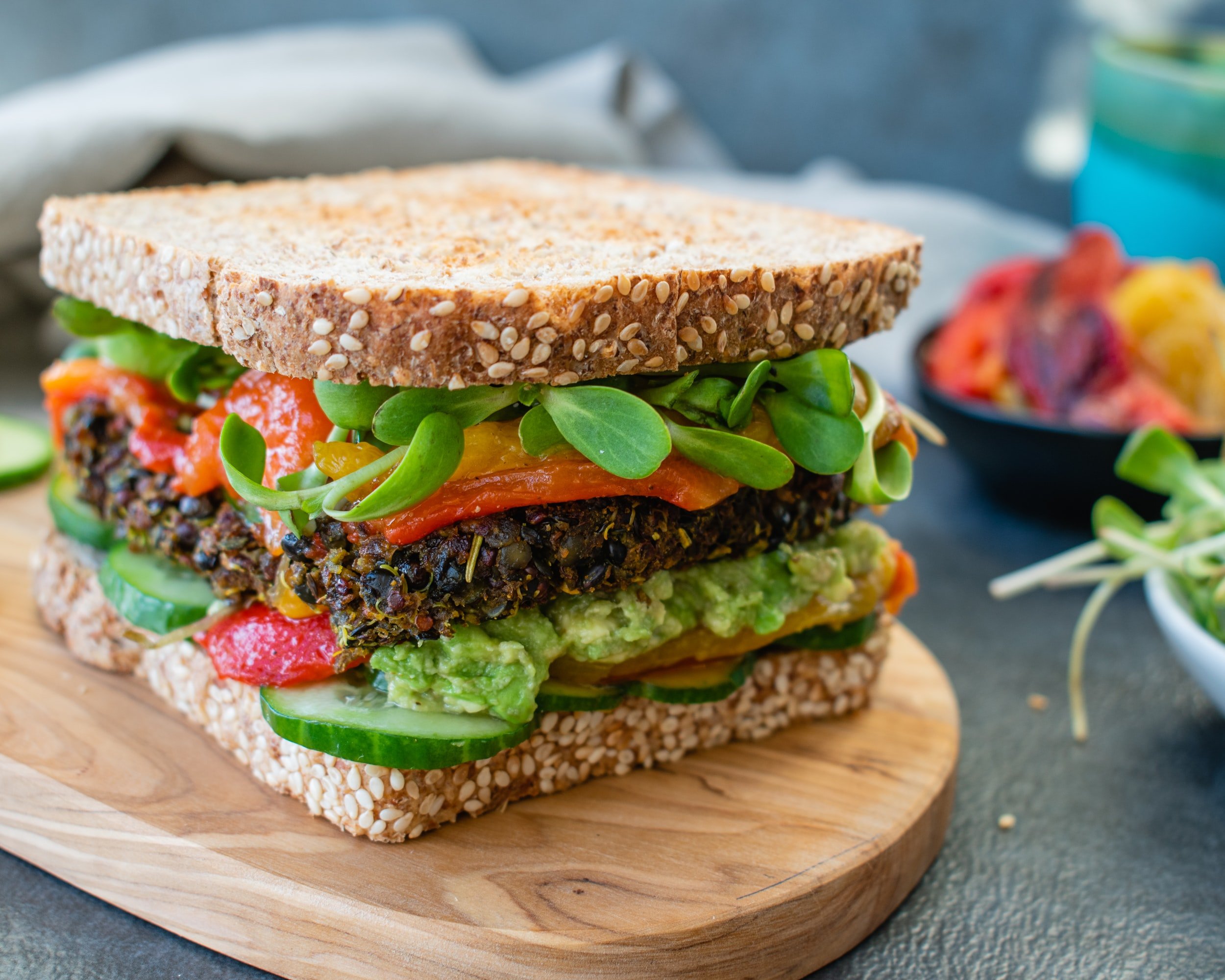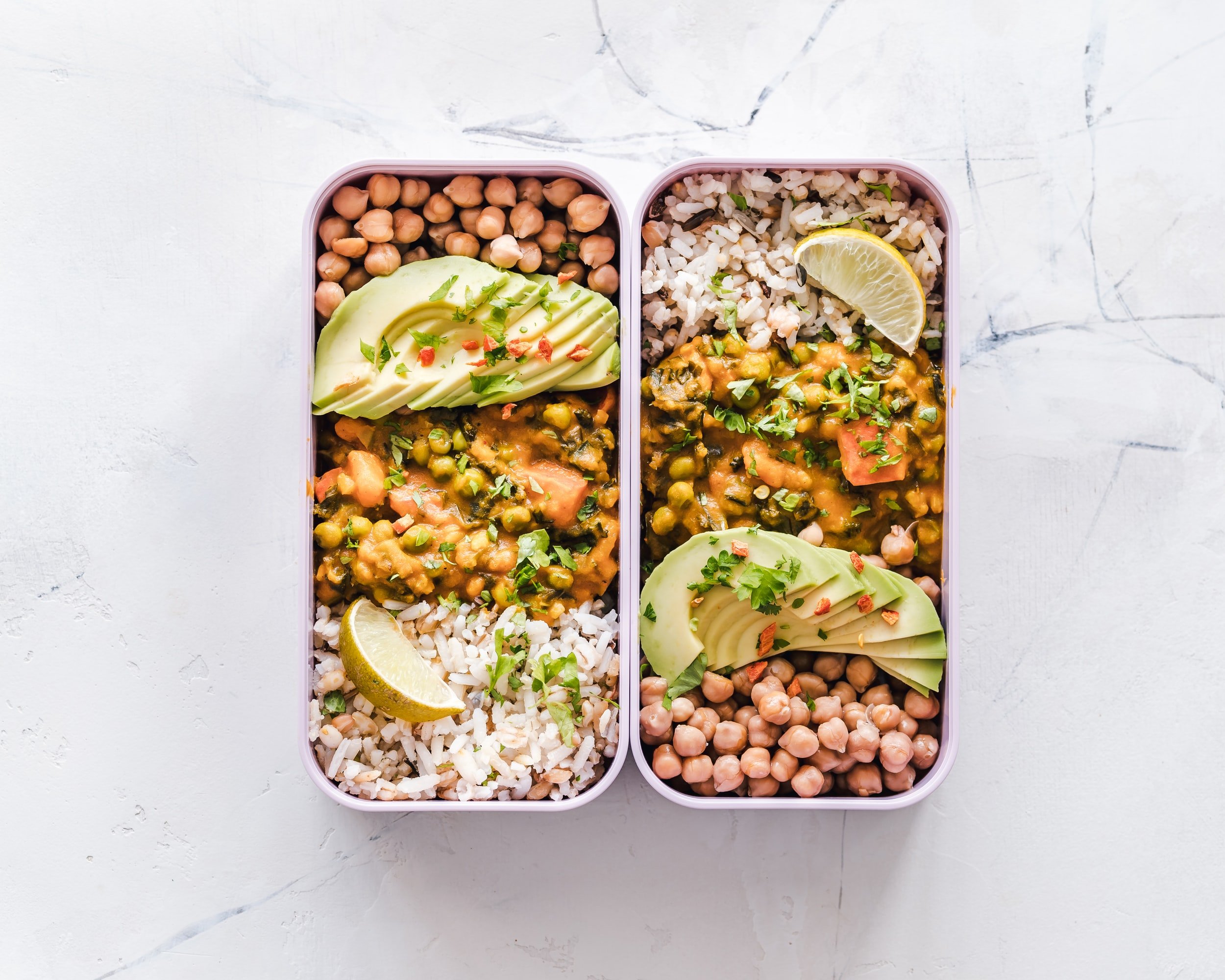A lot of attention in the fitness industry is spent on how to optimize your performance during the training session itself.
And this is good considering the implementation of effective training principles is what leads to better muscle growth, better fat loss results, and better overall body compositions.
But little to no attention has been given to what you can do before your workout to make sure your training session is of the highest quality possible.
In some sense, this is kind of like giving people a ton of advice on how to behave during a job interview without giving them any advice on how to prepare for a job interview.
And for that reason, I think a lot of people are shooting themselves in the foot when it comes to a lack of pre-workout preparation.
Why is this happening?
Most times, I think we're just not planning well-enough, so I've done my best to come up with four practical tips for how to set yourself up for success pre-workout.
How to Set Yourself Up for Success Pre-Workout
1. Make sure you know which specific days and times you are working out across any given week.
If you're running a push-pull-legs split, that probably means you're either on a 6-day split or a 3-day split.
Plan accordingly by putting all 3-6 of those workouts in your calendar.
If you’re fortunate enough to have a similar routine on a daily basis, you might be able to workout at 12PM every day.
But if not, you’ll need to set aside time each week to play Tetris with your workout schedule.
If you don't, those workouts simply won’t get done.
So the first step in optimizing your pre-workout gym flow is to schedule your workouts in advance and honor them on your calendar as you would a work meeting, a lunch with a friend, or anything else important to you.
Bonus Tip: To help remind you of the value of exercise in your life, pencil your workouts into your calendar with creative titles like “Prioritize My Health,” “Get Stronger,” or even “Live a Longer Life for My Kids.”
Doing this will help keep your primary motivations top of mind so you don’t lose sight of the bigger picture.
2. Make sure you know and understand the movements you're doing that day before you ever get to the gym.
For those of you who are doing pre-written training programs or working with an online body recomposition coach, there's no greater waste of time than showing up to the gym, pulling up your workout, and realizing you have no idea what a Seal Row is.
Now you're fumbling around on YouTube all frazzled trying to figure out what you're supposed to be doing, and the vibe is all off.
You wind up frustrated and stressed.
Set yourself up for success by peeking at your workout several hours before you need to execute so there are no surprises once you show up.
3. Make sure you are properly fueled.
This may feel like a no-brainer, but it's a very common thing for people to show up to the gym without enough energy in their system.
Don't do that.
Quality training is what ultimately drives the muscle growth you need to change the shape of your body, which means you need an adequate amount of fuel to support that training.
Need an analogy?
It's like setting out on a road trip from New York to Los Angeles without putting enough gas in your tank to get you across the New York border into Pennsylvania.
In this case, finally making it to Los Angeles represents the achievement of your body recomposition goal. It’s the moment when you catch a glimpse of yourself in the mirror and say, “I freaking did it. I’m strong, jacked, and lean, and it feels good.”
But here’s the problem.
How are you ever going to make it to Los Angeles someday if you haven’t even put enough fuel in the tank to get out of New York?
As it pertains to this analogy, those smaller traveling stints are the individual workouts you complete that eventually accumulate until you arrive at your destination.
The point?
Every workout needs to be high-quality, and high-quality training is predicated on high-quality fuel.
So be sure to eat a protein-rich meal with an appropriate number of carbohydrates in the hours leading up to your workout for optimal training performance.
Although I don’t think it’s worth overcomplicating the specific numbers of carbohydrates you should consume, I think it’s a good to aim to ingest around 20-30% of your total daily carbohydrates in your pre-workout meal.
For me, this is usually a bowl of oatmeal with berries and a banana.
Need a caffeine buzz? Consider sipping on some black coffee or your favorite pre-workout blend.
4. Make sure you have the gear you need to execute the workout optimally.
This probably isn't going to be super relevant for casual lifters, but if you need to be on the Smith Machine today for deep squats, make sure you have your squatting shoes.
If it's leg day, don't be wearing Crocs.
If it's chest day, definitely be wearing Crocs. It's that simple.
And, of course, this includes bringing a gym bag that contains all of the non-negotiables like a workout outfit, a water bottle, and any towels, shampoo, or body wash you might need if you need to shower post-workout.
Secondly, make sure you are wearing an outfit that makes you feel confident!
As Steve Cook once said, "Look good. Feel good. Play good," and I think there's a lot of truth in that.
Guys, if it’s arm day, wear a shirt or cut-off that makes your arms look big!
Ladies, if it’s leg day, wear bottoms that make you feel strong and fit!
Set yourself up for success by showing up in an outfit that makes you feel confident and ready to perform at your best.
In my opinion, checking these four boxes consistently is going to put you in a state of patterned and predictable success.
To illustrate just how powerfully I think your pre-workout decisions can impact your workout experience, I’ve decided to outline two real-life situations.
Scenario A: You Didn't Check the Pre-Workout Boxes and Got Wrecked By Life
You're packing up for work at 5PM and you suddenly realize you were "supposed to" workout today.
Discouraged at your lack of planning, you decide that you can probably stop by the gym on the way home for a quick workout if traffic is light. Traffic is decent, so you show up the gym at 5:20PM.
You pop open your Google Sheets app because you're my client and start looking over the workout when you realize the first move is a flexion row.
The stress hits you in the chest like Mike Tyson in his prime.
You have no clue what a flexion row is.
So you start flipping through the internet looking for a flexion row, but you find six different varieties and now it's 5:35PM and you were supposed to leave at 5:50PM to be home for dinner by 6PM and everything is falling apart so you say "screw it" and just starting running on the treadmill.
Except two minutes into the run you start feeling awful and it dawns on you. "I didn't have lunch today because I worked through the lunch hour." Woof.
Now you're running on a treadmill with no fuel in your body with a cold sweat. You get off, trudge to your car discouraged, and pick up a pizza on the way home for emotional therapy.
Scenario B: You Checked the Pre-Workout Boxes and Kicked Butt
You're packing up for work at 5PM feeling like a million bucks because about an hour ago you had some dried fruit with a protein shake.
You show up to the gym at 5:20PM ready to be lifting hard from 5:30-6:30PM because you cleared it with your significant other on Sunday that you'd be working out today because you're passionate about achieving your goals and they support you in that.
You complete your warm-up wearing all the right gear that makes you feel confident and then move over to the first movement of the day, which is a heel-elevated Smith Machine squat.
You weren't sure what heel elevation was a few days ago, but this morning while you were looking over the expectations for the day, you took note of that question and sent me (your coach) a question about it.
"Andrew, what's the best way to achieve this heel elevation thing? I looked online and it looks like some people use 2.5 pound plates and some people have wedges."
You decided the 2.5 plates will work great for you, so you set it up no problem and get a great quad workout in the rack.
Each subsequent movement goes just as smoothly and you waltz out of the gym at 6:30PM as planned feeling like a responsible adult for having planned well and executed the plan.
Hopefully this illustrates my point.
Whether you decide to be the person from Scenario A or Scenario B is entirely up to you.
But if you want to experience the highest level of success in the gym, you have to set yourself to succeed before you ever show up.
Summary
Put your workouts on your calendar just like you would a work meeting or a lunch date. Avoid saying things like, “I’m going to try to workout on Thursday if I have time.” Make time if your goals are important to you.
Make sure you know which movements you’re doing before you show up the gym. Being unfamiliar with your training for the day can lead to wasted time and frustration.
Eat a high-carb, high-protein meal within a few hours of your workout to maximize training quality.
Be sure to pack all of the equipment you need for your training session, and wear an outfit that makes you feel confident and fit.
I sincerely hope you found this article helpful or illuminating in some way!
If you feel like it brought you value, consider sending it to a friend or family member - especially someone who might be failing to understand the importance of planning for success before they ever even show up to the gym.
Later, friends.
-Andrew
























